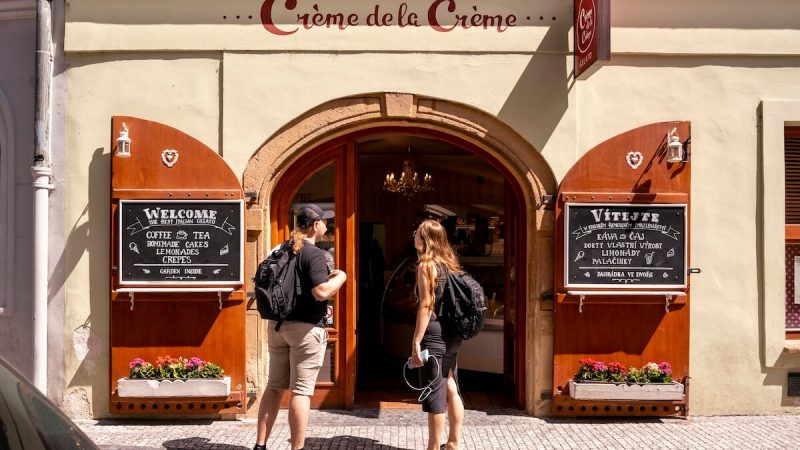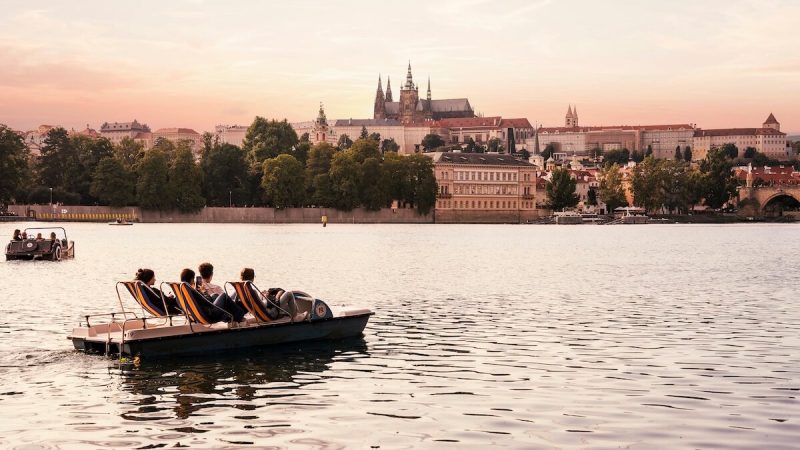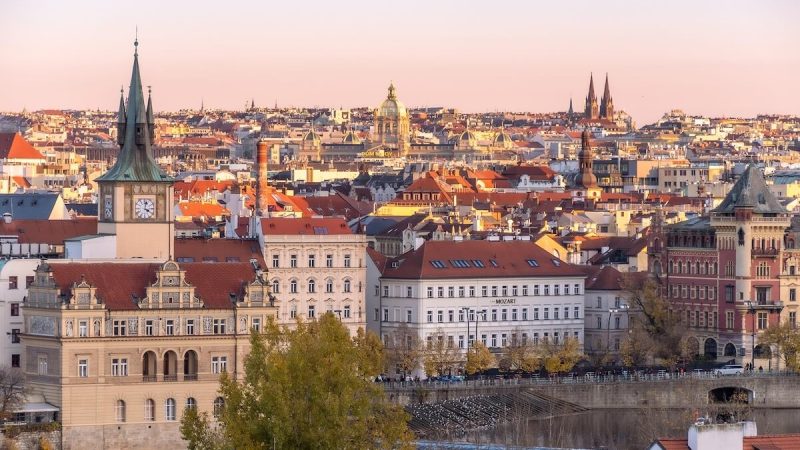Welcome to the Czech Republic: Essential Introduction & Facts for Curious Visitors
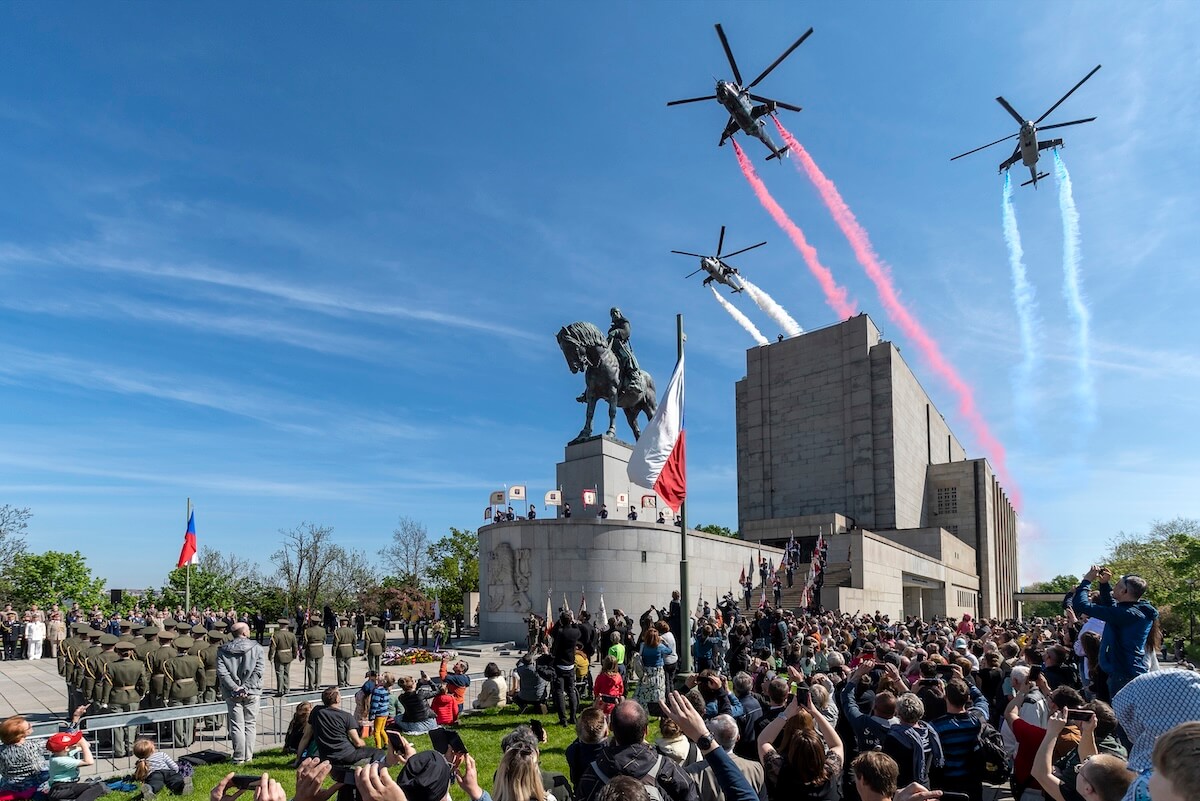
Planning a trip to Prague? You’re in for a treat! But before you fall in love with our beautiful capital, let me introduce you to my amazing country. As someone who calls this beautiful country home, I’m excited to share some local insights about the Czech Republic that go way beyond the typical tourist facts.
Here’s everything you need to know – from insider details to essential info that’ll make you the smartest and most respectful visitor in town.
Wait, It’s Central Europe (Not Eastern!)
Let’s get this straight right away: the Czech Republic is in Central Europe, not Eastern Europe. Trust me, locals are pretty sensitive about this! Historically, Czech lands have always been part of Western culture. The “Eastern European” label only stuck around from the communist era when we were occupied by the Soviets. Now you know, and you’ll score instant points with locals by getting it right.
Czech Republic or Czechia?
Both names are totally official! Czech Republic is the formal name (think political documents), while Czechia is the shorter, geographical name that became official in 2016.
Here’s the thing though, Czechs have mixed feelings about “Czechia.” Some love its simplicity, others stick with “Czech Republic” because it feels more familiar. And please, please don’t confuse Czechia [check-i-ya] with Chechnya (that’s in Russia!).
The Lay of the Land
Picture this: we’re a perfectly landlocked country, snugly surrounded by mountains that create natural borders with Germany, Poland, Slovakia, and Austria. It’s like nature designed us a cozy fortress in the heart of Europe.
With nearly 11 million people, we’re the 11th most populous country in Europe. When it comes to size, it ranks 20th in Europe by land area (not counting countries that are mostly in Asia, like Russia or Turkey). So not too big, not too small, just right for exploring without feeling overwhelmed.
But here’s what many visitors don’t know: the Czech Republic is actually divided into three historical regions:
- Bohemia (the largest, where Prague lives)
- Moravia (eastern part, capital: Brno)
- Silesia (northeast, capital: Ostrava)
Fun fact: “Bohemia” comes from the Boii, a Celtic tribe who settled here around the 4th century BCE. So when people talk about “Bohemian” lifestyle, they’re literally referencing our neck of the woods!
Prague: The Stunning Capital
Prague, our stunning capital, is home to over 1.3 million people and serves as the country’s cultural, political, and economic heart. It’s not just beautiful, it’s the beating heart of everything that makes the Czech Republic special.
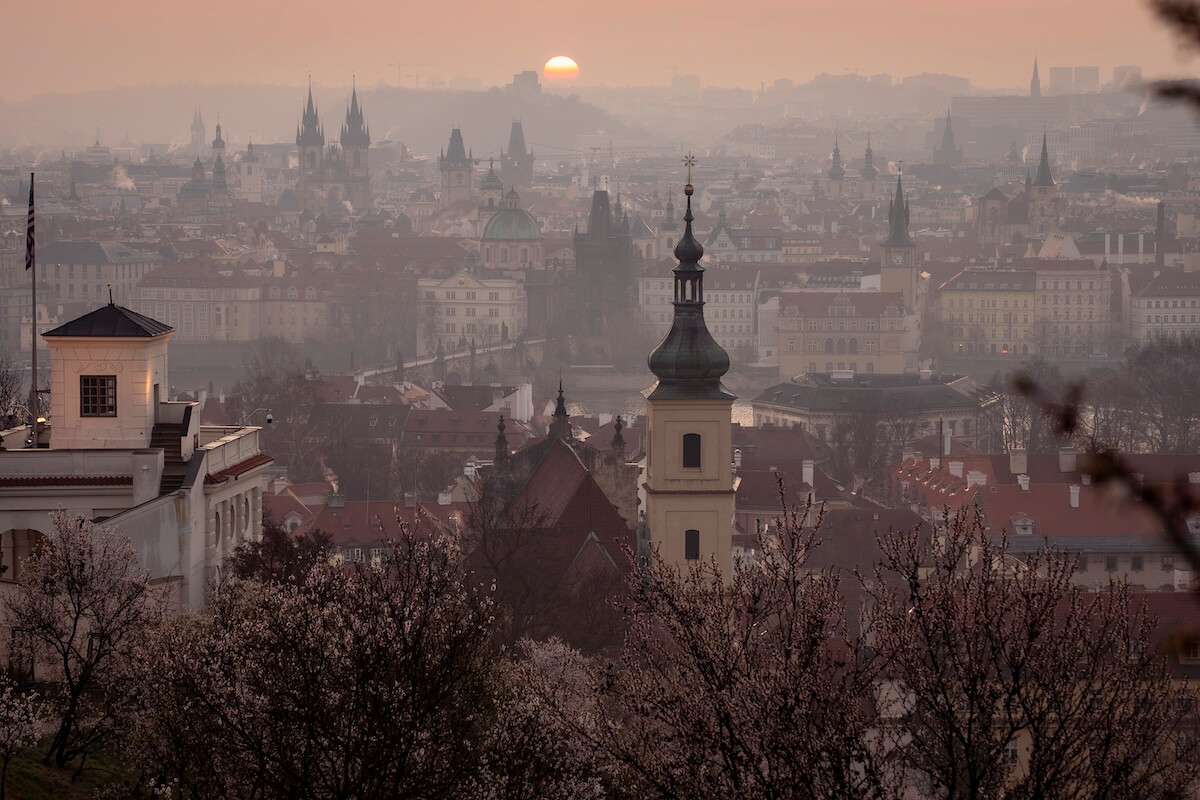
EU, NATO, and Our Currency
The Czech Republic is definitely part of Europe and the world! The country joined the EU in 2004 and NATO in 1999, but still uses its own currency: the Czech koruna (CZK). Why no euros? Well, the government and public are cautious about giving up control of monetary policy, and honestly, there’s still significant skepticism about adopting the euro.
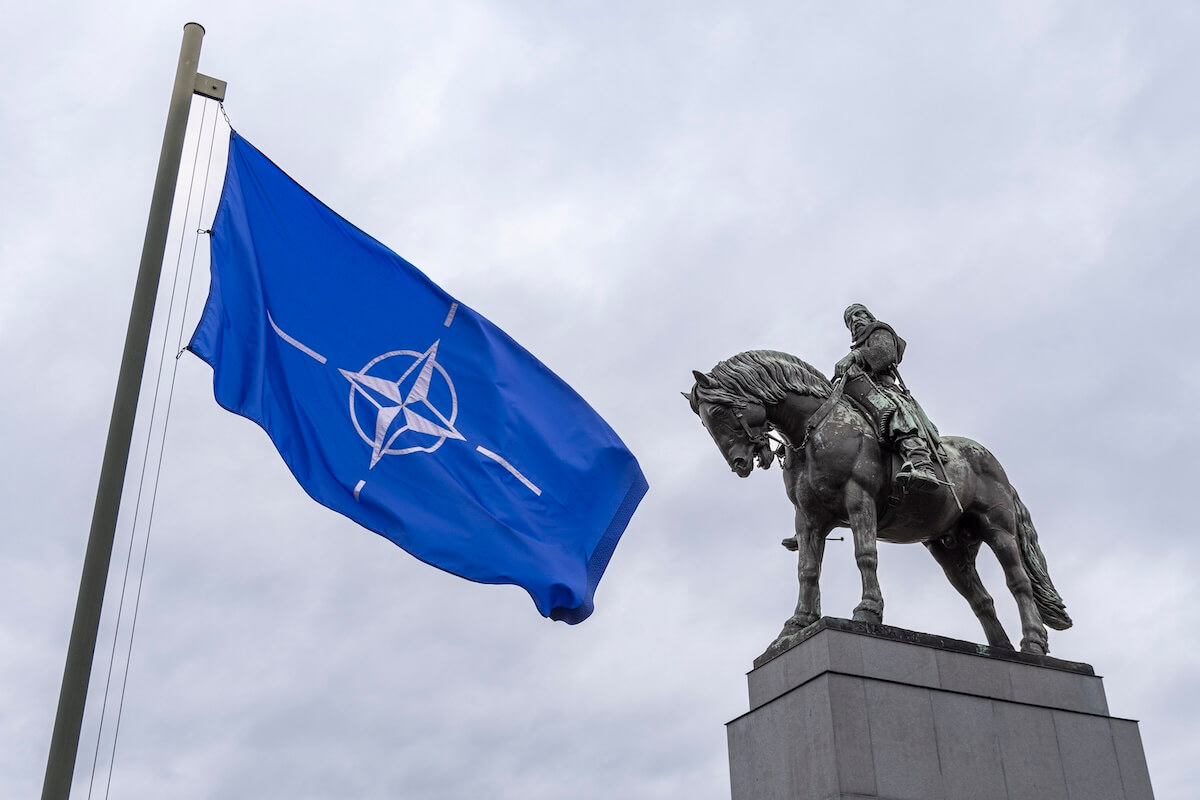
The Language Challenge
Czech language is famously one of the world’s trickiest languages to learn. We’re talking seven grammatical cases and sentence structures that can make your head spin.
Curious about similarities to other languages? Czech is a Slavic language and Slovak is the most similar to Czech, followed by Polish and Croatian. There are also similarities with Serbian, Ukrainian, and Russian, though these use different alphabets (Cyrillic vs. Latin).
The real kicker? We have a letter “ř” that’s so hard to pronounce, even Czech kids (including me) often need speech therapy to master it. So don’t feel bad if you can’t nail it.
What is Czech Republic Famous For
You might be surprised by what Czechia export to the world: cars (hello, Škoda Auto!), beer, computers, antivirus software, and trams. Our major industries span everything from engineering, chemical, food, and metallurgy to traditional glassmaking and arms manufacturing. Industry makes up 38% of the economy.
Škoda Auto, now part of Volkswagen, is the largest Czech car manufacturer and exports globally, though curiously not to the US or Canada anymore.
A Country for History Lovers
Here’s something that’ll blow your mind: the Czech Republic has an incredible dense concentration of historical sites, including over 2,000 castles scattered across the country. We’re talking fairy-tale fortresses, medieval ruins, and baroque palaces everywhere you look.
But it gets even better, the Czech Republic has a very high number of UNESCO World Heritage Sites, making it one of the most historically significant countries in Europe relative to its size. So basically, you’re not just visiting a country, you’re stepping into a living history book.
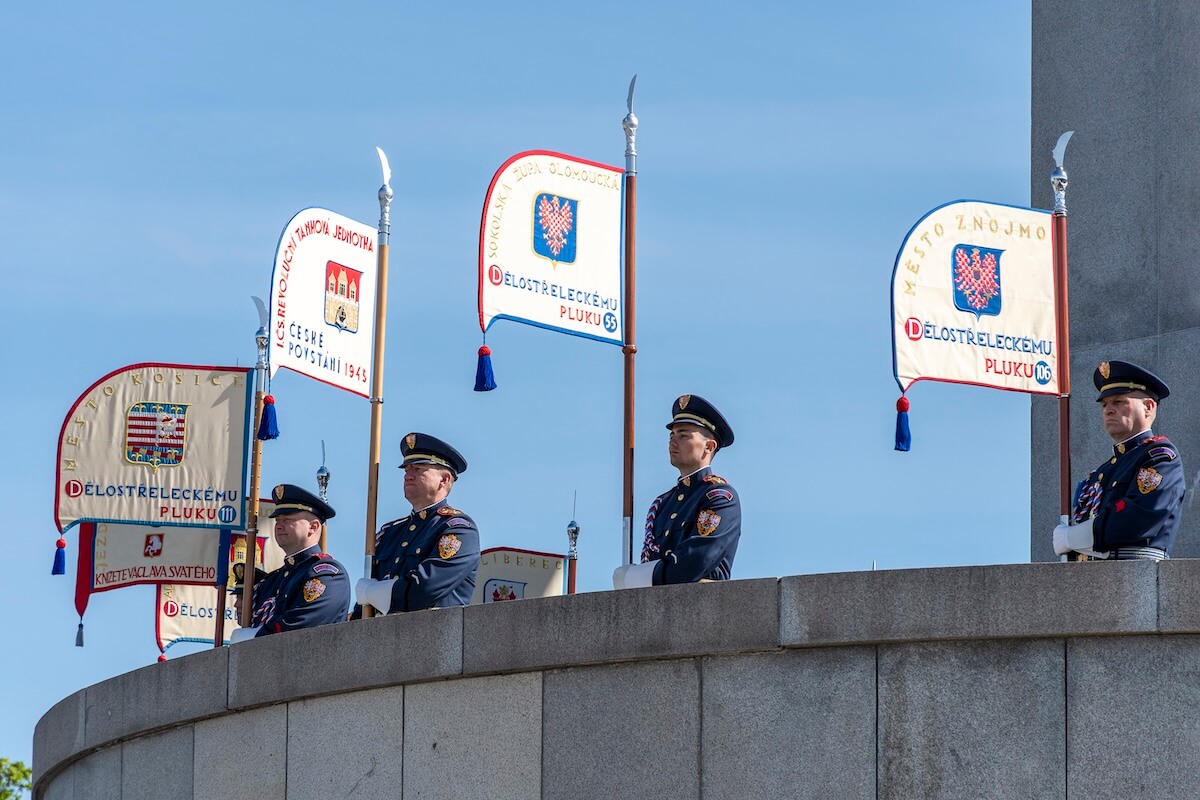
From Kingdom to Republic: Czech History in a Nutshell
Czech history is pretty epic, marked by several key periods, starting with the Great Moravian Empire in the 9th century, followed by the rise of the Kingdom of Bohemia under the Přemyslid Dynasty (9th–14th century). These early rulers really set the foundation for what would become our unique Czech identity.

The 14th century was our golden age! Under the Luxembourg Dynasty, particularly Charles IV, Prague became a major cultural and political center of Europe when he became Holy Roman Emperor. But then came the Hussite Wars in the early 15th century – a religious and social uprising that really shaped Czech character and our famous skepticism toward authority.
Things got complicated in the 16th century when Czech lands came under Habsburg rule, becoming part of the Habsburg Monarchy and later the Austro-Hungarian Empire. After centuries of foreign domination and struggles for national identity, Czechs finally got their independence when the First Czechoslovak Republic was established in 1918, following Austria-Hungary’s collapse.
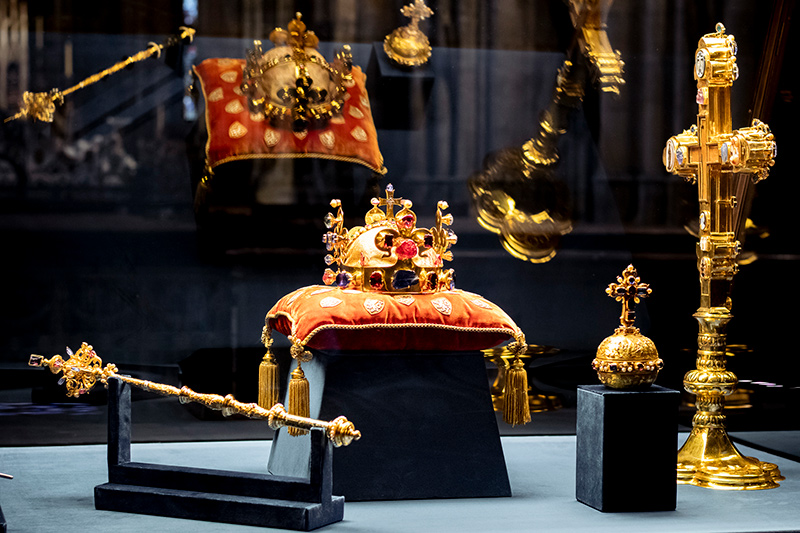
The 20th century was intense: Nazi occupation during World War II, followed by Soviet control after the Communist coup in 1948. The Prague Spring of 1968 gave us a brief taste of freedom, but it was brutally crushed by Soviet-led Warsaw Pact troops.
The country remained under communist rule and Soviet occupation until the amazing Velvet Revolution in 1989, a peaceful uprising that restored democracy. Václav Havel, a playwright and key resistance leader, became president and helped guide the country to freedom.
The final chapter? In 1993, Czechoslovakia peacefully “divorced” into the Czech Republic and Slovakia. The Czech Republic was formed, with Václav Havel as the first Czech president.
The Atheist Capital of Europe
Despite all those gorgeous churches and cathedrals, the Czech Republic is actually one of the least religious countries in Europe. About 70% of people identify as atheist. In larger cities like Prague, the number is likely even higher. Some surveys among younger respondents (16–29 years old) even place Czechs at the top of the list.
This isn’t recent; it’s the result of many religious conflicts and wars. Such as those dating back to the time of the Hussite movement in the 15th century, the influence of the Habsburg monarchy (The conflict between the Protestant Czech Estates and the Catholic Habsburgs started the Thirty Years’ War, beginning with the Defenestration of Prague), and the 40 years of communist rule in the 20th century when religion was suppressed.

How Czech Politics Work
People often ask if the Czech Republic has a king – nope! The country has a parliamentary democracy with a multi-party system. The President is the head of state, elected for a five-year term, and has a largely ceremonial role, although they can influence foreign policy and appoint key officials, including the Prime Minister.
The Prime Minister is where the real executive power lies – they’re the head of government, leading the government and implementing policies. The Prime Minister is usually the leader of the party that has the most seats in the Chamber of Deputies, the lower house of Parliament.
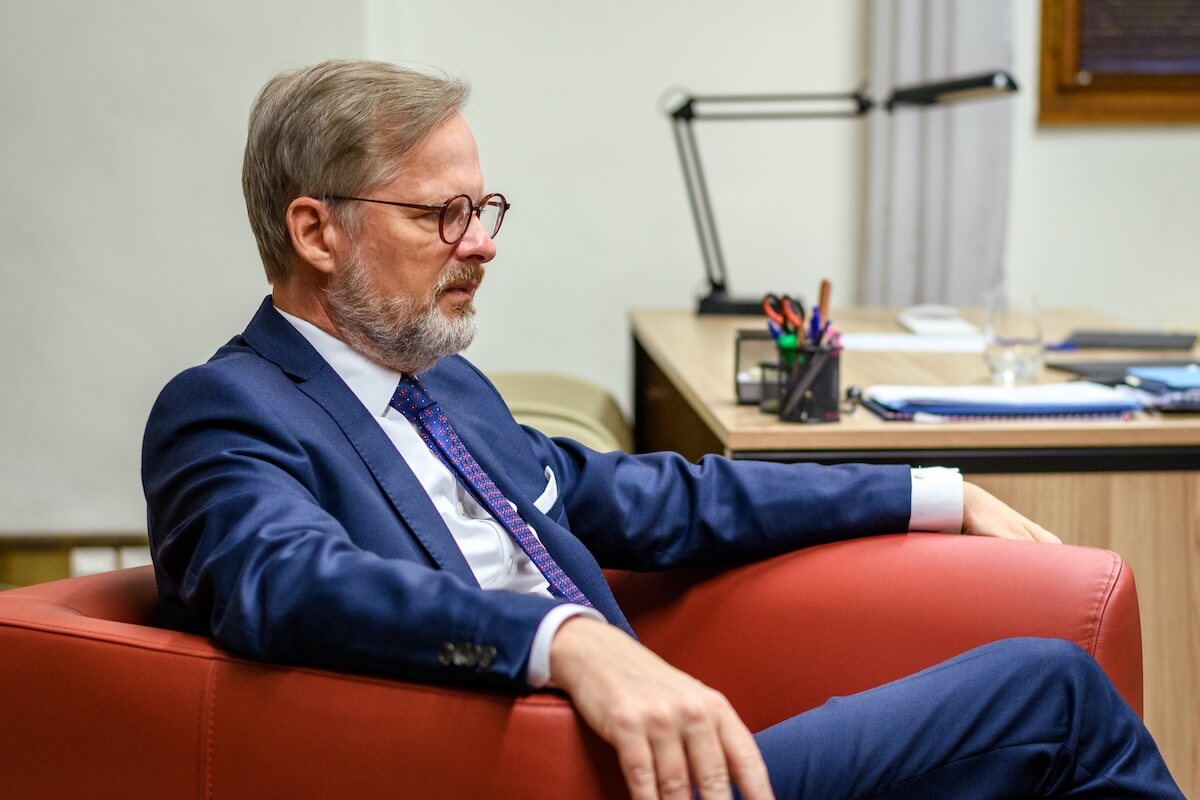
Meet Czech President
Our current president is Petr Pavel, and he’s pretty interesting. Unlike typical politicians, he comes from a military background and consistently ranks as the most trustworthy politician in polls. He’s a retired army general who used to be Chairman of the NATO Military Committee.
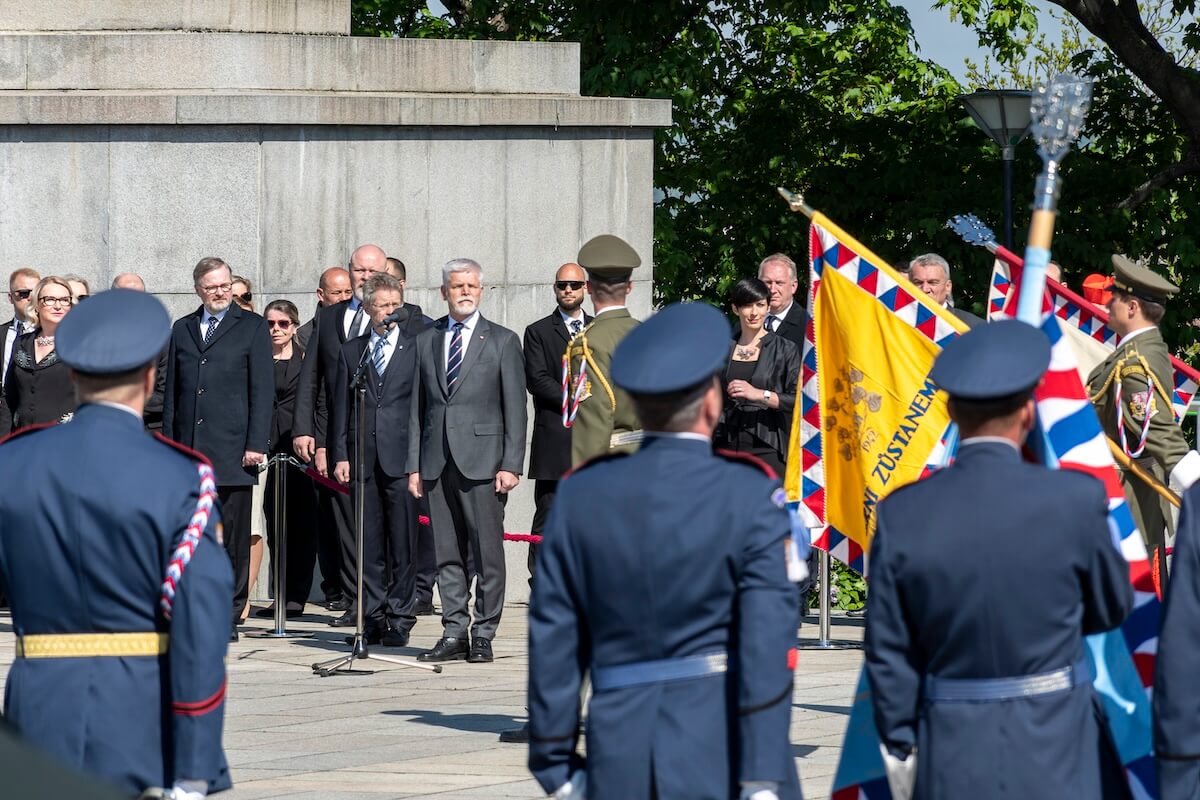
The Czech Flag: A Story of Colors
Ever wondered about that distinctive Czech flag? It’s got quite a story! The flag features two horizontal stripes, white on top, red on the bottom, with a blue triangle pointing from the left side toward the center.
Here’s the cool part: when Czechoslovakia was formed in 1918, they started with just the white and red stripes (from the old Bohemian colors). But there was a problem, it looked almost identical to Poland’s flag! So in 1920, they added that blue triangle to make it unique. The blue was meant to represent Slovakia.
When Czechoslovakia split in 1993, there was actually an agreement that neither new country would use the old Czechoslovak flag. But guess what? The Czech Republic kept it anyway! Slovakia created their own new design, while Czechs decided the flag had become too much a part of their identity to give up. The blue part now symbolizes Moravia.
Sports Heroes You Should Know
The most popular sports in the Czech Republic are football (soccer) and ice hockey, both with huge fan bases and incredible international success. Tennis is also big here, with the country producing world-class players for decades.
Here’s the fun part, you probably know some of these Czech and Czechoslovakian athletes without realizing where they’re from.
Ice Hockey
Jaromír Jágr – this guy is widely considered one of the greatest hockey players ever! He played for several NHL teams including the Pittsburgh Penguins, Washington Capitals, and New Jersey Devils, winning two Stanley Cups. But honestly? His iconic mullet hairstyle became just as legendary as his amazing skills on ice.
Dominik Hašek – one of the most incredible goalkeepers in NHL history, playing for teams like the Buffalo Sabres and Detroit Red Wings. He actually won two Hart Trophies as the NHL’s most valuable player, which is pretty rare for a goalkeeper.
David Pastrňák – currently killing it as a star for the Boston Bruins and consistently one of the league’s top goal scorers.
Soccer
Petr Čech – you’ve definitely seen this guy! One of football’s greatest goalkeepers, he played for Chelsea in the Premier League and won tons of titles, including the UEFA Champions League. You’ll recognize him by that distinctive protective helmet he wore after a scary head injury in 2006.
Pavel Nedvěd – this midfielder was incredible, winning the Ballon d’Or in 2003 and having an amazing career with Lazio and Juventus in Serie A.
Tennis
Martina Navratilova – prepare to be amazed: she has 59 Grand Slam titles! That makes her one of the greatest female athletes of all time. Cool fact: Reese Witherspoon is producing a movie about her life, focusing on both her incredible tennis career and her pioneering work advocating for feminism, women’s rights, and LGBTQ+ equality.
Gymnastics
Věra Čáslavská – a gymnastics legend with seven Olympic gold medals and countless world and European titles. But here’s what makes her truly special: during the 1968 Olympics in Mexico City, after winning gold, she famously turned her head down and looked away during the Soviet national anthem. It was her silent but powerful protest against the Soviet invasion of Czechoslovakia that same year. So brave and inspiring!
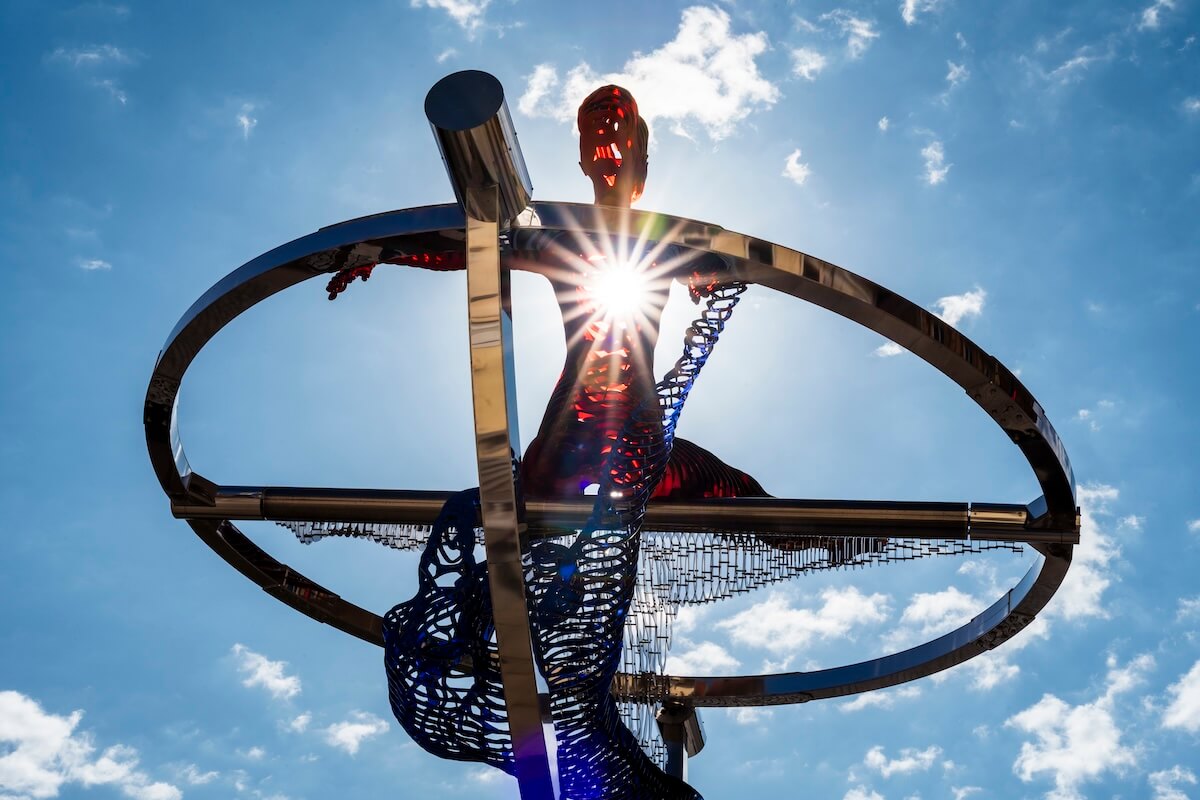
Athletics
Emil Zátopek – nicknamed the “Czech locomotive,” this legendary runner is often called one of the greatest of all time. At the 1952 Olympics, he absolutely dominated by winning three gold medals in the 5,000m, 10,000m, AND marathon events. Incredible!
Jarmila Kratochvílová – she set world records in both the 400m (finally beaten after 41 years in 2023!) and 800m (set in 1983 and STILL unbeaten – it’s the longest-standing world record in women’s athletics).
Jan Železný – a three-time Olympic gold medalist in javelin throw and considered one of history’s greatest javelin throwers.
Ready to Explore?
Now that you know the basics, you’re all set to appreciate not just Prague’s beauty, but the rich culture and fascinating history behind it. Welcome to the Czech Republic. We can’t wait to show you around!
Ready for the practical stuff? Check out my Practical Tips for Visitors guide for insider tips on weather, safety, tipping, getting around, and everything else you need to know for your Prague adventure.
Useful Travel Resources
I want to share and recommend these travel resources that I personally use, as they can be helpful when planning your visit to Prague.
Accommodation: Booking.com has the largest selection of incredible places to stay.
Tours: Getyourguide.com has the widest selection of guided tours and experiences from various providers, conveniently sortable by rating.
Getting around: PID Lítačka mobile app lets you buy public transportation tickets and plan your journey easily.
Last article update: August 7, 2025
Author and photo: Vera Nemochovska

